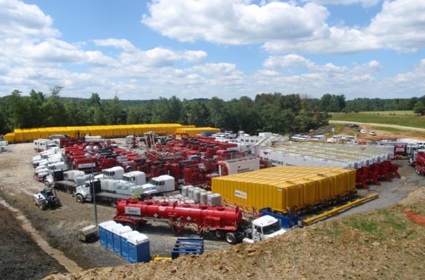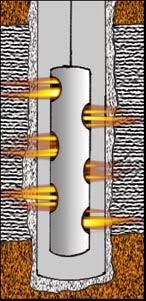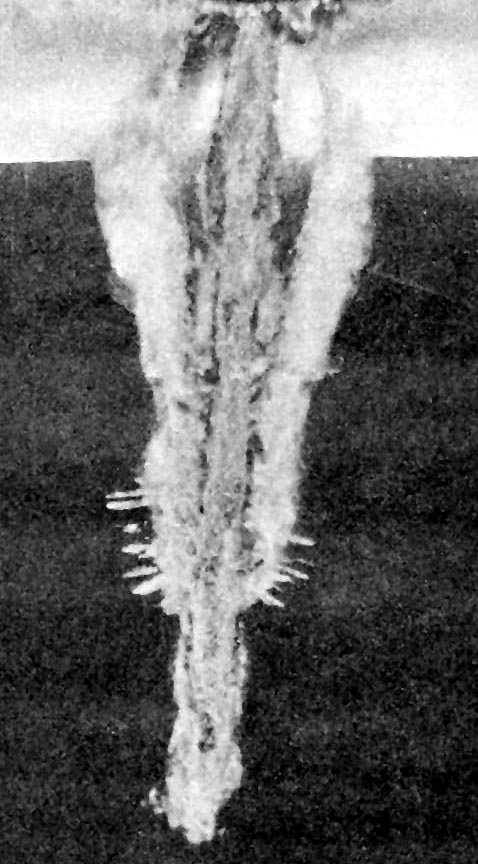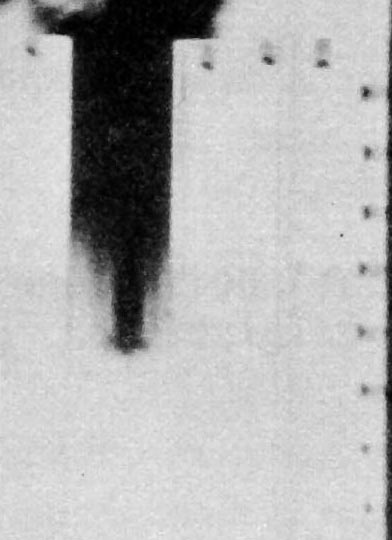From the New York Times:
Geothermal Project in California Is Shut Down
By JAMES GLANZ
Published: December 11, 2009
The company in charge of a California project to extract vast amounts of renewable energy from deep, hot bedrock has removed its drill rig and informed federal officials that the government project will be abandoned….. (read more)
There is a big difference between that California geothermal project and what we have here. In Hawai‘i, we already have the three key elements of HEAT, WATER and FRACTURES (PERMEABILITY), so our geothermal operators only use conventional methods for exploration– unlike that California project, where they were doing fracturing that can cause earthquakes.
The Alta Rock Energy company shutdown at Geysers (California), in the article above, comes one day after Swiss government officials permanently shut down a similar project in Basel because it produced damaging earthquakes.
The type of geothermal energy explored in Basel and at the Geysers required fracturing the bedrock, and then circulating water through the cracks to produce steam. They both had HEAT but they needed to FRACTURE the surrounding rock and then inject WATER to produce steam.
By its nature, fracturing causes small earthquakes. One of the largest ones measured 3 on the Richter scale, which is considered small for those of us living on the Big Island.
Still, 99 percent of the geothermal operations in the world — including ours here in Hawai‘i — do not use the fracturing techniques that caused the earthquakes leading to that
California project shutdown.
Here, they drill two types of holes: production and injection holes.
Production wells bring up the hot water and steam that pushes itself up under pressure. Injection wells take the “cooled” fluids back into the ground. This is a “closed loop cycle.”
From The Oil Drum, some examples of fracturing procedures used in the oil and gas business — again, this is not the process used here in Hawai‘i:
Equipment used for hydraulic fracturing a well (Primer)
Arrangement of shaped charges (the yellow cylinders) – when the
explosive goes off the cones collapse and small liquid metal jets shoot
out of the open end, through the casing, concrete and into the rock,
creating a channel. (Core Labs)
The charges aren’t all necessarily fired at one time or place, even though, for the illustration below, they appear to be.
Representation of shaped charges firing and penetrating the casing, cement and wall (OSHA)
The jet of metal that shoots out of the cone will travel into the rock roughly 10 cone diameters, as a rough rule of thumb, and this carries a channel, or tunnel, out through the damaged rock into the surrounding reservoir. The collapse and creation of the channel happens very fast:
Penetration of a perforating charge into Plexiglas after 3, 12, 21 and 30 microseconds. Marks are in cone diameters. (after Konya*)
The channel is initially hollow, and drives a set of small and large cracks out into the rock around the line of the charge.
Jet penetration through Plexiglas (note the lateral cracks away from the line of penetration. The dark section is due to a change in background. (after Konya*)
However, while it is easier to show the damage that the jet does by showing how it penetrates Plexiglas, this is not rock, but it does show some of the events that occur. When, for example, (vide the discussion on jointed shale last week) the jet shoots into rock where there are clear joint planes defined, then these act to stop the crack growth (perhaps in the way that those who used to remember stopping cracks growing in old cars by drilling a hole at the end of the crack. It distributes the stress that was causing the crack to grow when focused on the tip, over a larger area so that it drops below the critical level). Or the stress is high enough to cause cracks to form and be reflected back at the jet.
Jet damage confined between two adjacent planes when the charge is fired into plates that run parallel to the direction of the jet. (after Konya*)







